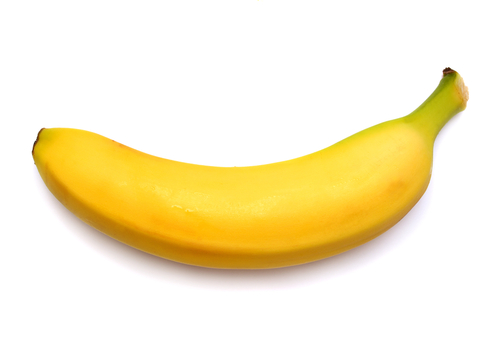In this activity, we will be using our mental addition and subtraction skills to answer word problems.
Mentally means to work things out in our heads.
So, the first thing we need to do is read the word problem carefully, so we can work out if we need to add or subtract.
Once we've worked this out, we can work out the answer in our heads.

Let's have a look at an example:
Example 1
Tom went to the supermarket. He spent 20p on an apple and 23p on a banana.
How much did he spend altogether?
.jpg)

The first thing we need to do is work out if we need to add or take away.
Tom has bought two items and we are working out the cost they will be altogether.
This means we need to add them together to work out the total.
The apple is 20p and the banana is 23p, so we need to add these:
20p + 23p =
Let's work this out in our heads.
- Put the biggest number in our head, which is 23.
- We are adding on 20 which is 2 tens.
- Jump on 2 tens from 23: 33, 43.
This makes 43.
20p + 23p = 43p
Example 2
A bus had 22 children on it.
8 of the children got off the bus.
How many children are left on the bus?

So, is this add or take away?
Children got off the bus and the question asks how many children were left.
These words are good clues to show us that this time we are taking away, as the answer is going to be smaller.
So we started with 22 children and 8 have been taken away:
22 - 8 =
To solve this one we need to put 22 in our heads and count back 8.
You can hold up 8 fingers to help you count back:
21, 20, 19, 18, 17, 16, 15, 14.
We have landed on 14, so that is our answer.
There are 14 children left.
Ok, are you ready to tackle some word problems?








